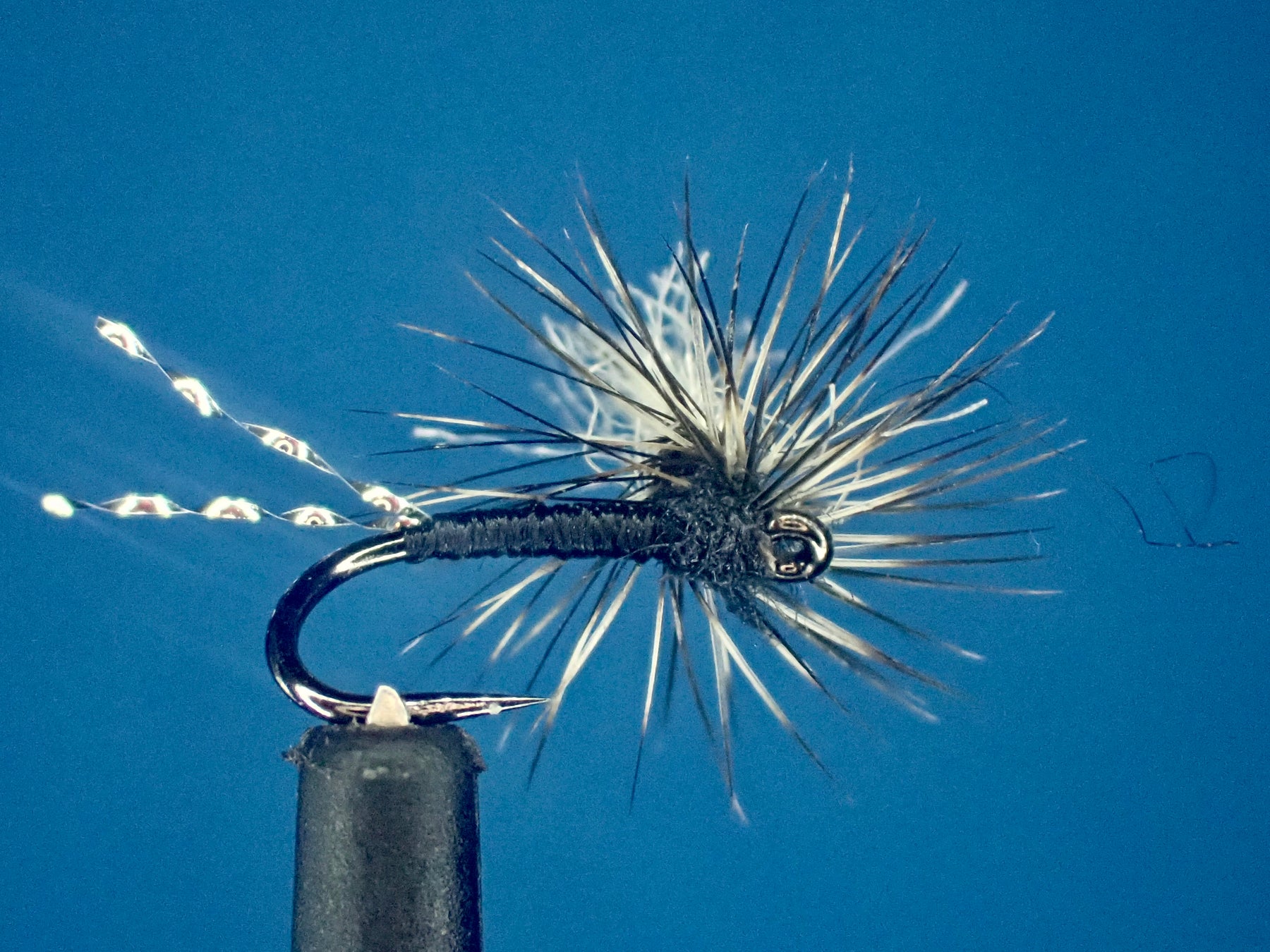
Mastering the Art of Fly Fishing in Cold Months: The Midge Chronicles
As temperatures drop and winter sets in, many anglers hang up their fishing gear, believing that the colder months offer little excitement on the water. However, for the dedicated fly fisherman, the chill in the air brings a unique opportunity to hone their skills and connect with some of the most elusive trout. One secret weapon in the winter angler's arsenal is the mighty midge, a tiny insect that becomes a major player in the colder months. In this blog, we'll explore the significance of midges as a crucial food source for fish throughout the year, with a special focus on their importance during winter.
Midges, belonging to the order Diptera, are small, two-winged insects that inhabit rivers and lakes across the globe. What makes them particularly fascinating to fly fishermen is their year-round prevalence, providing a consistent food source for fish even in the coldest months. Midges undergo a complete metamorphosis, transitioning through four life stages: egg, larva, pupa, and adult. Each stage presents an opportunity for fly anglers to mimic the insect and entice hungry trout.
While many insects become scarce in the winter, midges thrive in cold conditions. Their adaptability to low temperatures makes them a primary food source for trout when other insects are dormant. During winter, midges continue their life cycles, with fish keying in on the pupal and larval stages. This makes midge patterns highly effective for enticing strikes from otherwise sluggish fish.
Successful midge fishing in the colder months requires careful consideration of the patterns you choose. Keep in mind the predominant colors and sizes of midges in your local waters. Common midge colors include black, red, cream, and olive. Sizes typically range from #16 to #20, with smaller patterns being particularly effective when fish are selective.
Understanding Midge Life Cycles:
Midges, belonging to the order Diptera, are small, two-winged insects that inhabit rivers and lakes across the globe. What makes them particularly fascinating to fly fishermen is their year-round prevalence, providing a consistent food source for fish even in the coldest months. Midges undergo a complete metamorphosis, transitioning through four life stages: egg, larva, pupa, and adult. Each stage presents an opportunity for fly anglers to mimic the insect and entice hungry trout.
Midges in the Cold Months:
While many insects become scarce in the winter, midges thrive in cold conditions. Their adaptability to low temperatures makes them a primary food source for trout when other insects are dormant. During winter, midges continue their life cycles, with fish keying in on the pupal and larval stages. This makes midge patterns highly effective for enticing strikes from otherwise sluggish fish.
Choosing the Right Midge Patterns:
Successful midge fishing in the colder months requires careful consideration of the patterns you choose. Keep in mind the predominant colors and sizes of midges in your local waters. Common midge colors include black, red, cream, and olive. Sizes typically range from #16 to #20, with smaller patterns being particularly effective when fish are selective.
Techniques for Cold Weather Midge Fishing:
Nymphing: When the water temperature drops, trout often hug the bottom, making nymphing an effective technique. Use a midge larva or pupa pattern, and fish it deep and slow to imitate the insect's natural movement.
Emerger Fishing: As midges transform from pupa to adult, they emerge through the water's surface film. Fishing midge emerger patterns just below the surface can be irresistible to trout. A slow retrieve with subtle twitches can mimic the struggling insect, triggering aggressive strikes.
Dry Fly Fishing: Surprisingly, dry fly fishing with midge patterns can be successful in the winter, especially during midge hatches. Pay close attention to rising fish and use delicate presentations with light tippets.
Surefire Midge Fly Tying Tutorial:
Surefire Midge Materials List
- Hook: Moonlit Premium TOGATTA ML221 Sz16-20
- Thread/Body: Semperfli Classic Waxed 18/0 Black
- Tail/Schuck: Semperfli Semperflash Krystal Silver
- Parachute Post: Semperfli Poly Yarn Cream (split in half)
- Hackle: Whiting Grizzly Midge Saddle
Conclusion:
As winter settles in and the fishing season takes on a slower pace, understanding the significance of midges in the colder months can make the difference between a successful day on the water and a frustrating one. Armed with the right midge patterns and fishing techniques, anglers can unlock the secrets of winter fly fishing and enjoy the thrill of catching trout year-round. Embrace the challenge, bundle up, and discover the magic of midge fishing in the cold. Happy angling!
Leave a comment